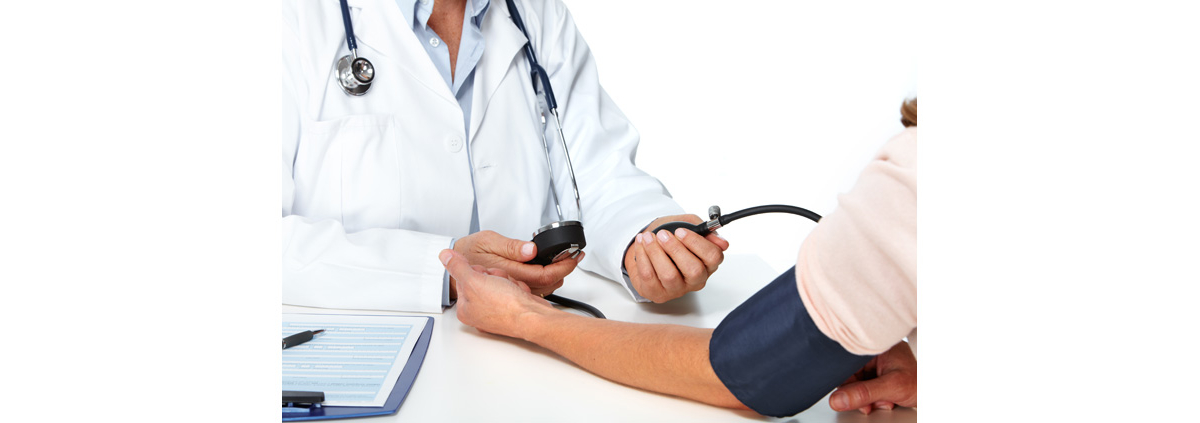Essential Tests: Blood Pressure
How many times have you had your blood pressure checked in the doctor’s office and it was higher than normal? That’s a common occurrence. It even has a name: White Coat Syndrome. But is your blood pressure really higher only at the doctor’s? Do you check it regularly? If you don’t, you really don’t know. That’s why the second test I think you should also do on a regular basis is your blood pressure. It’s simple and easy and if you keep track, you’ll find a pattern. It’s the pattern that’s important.
Your BP will naturally be higher during exercise or as part of the stress response, but it should come down to normal when the workout or stress is over. However some stressful situations last a long time; you don’t know what your BP is during those times unless you monitor it. Based on the 7th Joint Task Force on BP, for every 20 mm Hg systolic (the top number) or 10 mm Hg diastolic (the bottom number) increase in BP, there’s a doubling of mortality from both ischemic heart disease and stroke (1).
But those are the extreme responses. Even if your BP is 6 mm Hg higher on either, there’s damage occurring inside your arteries. Everyone wants to know how to prevent Alzheimer’s disease by taking a supplement, but that’s not what I’d try first. Exercise and diet can do more to lower your BP than almost anything else, and thus reduce your risk of all diseases associated with HBP including Alzheimer’s.
To monitor your BP, either get a home monitor machine or take it at a pharmacy that has a free monitor. The critical part is that you monitor it regularly on the same device. While that device might have a slight error, taking it repeatedly on the same machine will provide a pattern and that’s the critical part. That way you’ll know when you go to the doctor whether a high reading is just White Coat Syndrome or not. We’ll finish up on Saturday.
What are you prepared to do today?
Dr. Chet
References: www.heart.org



